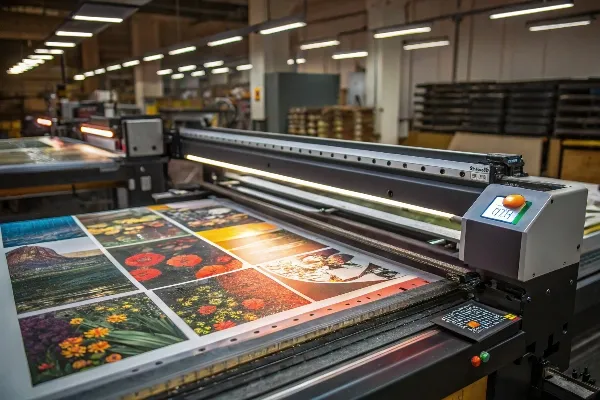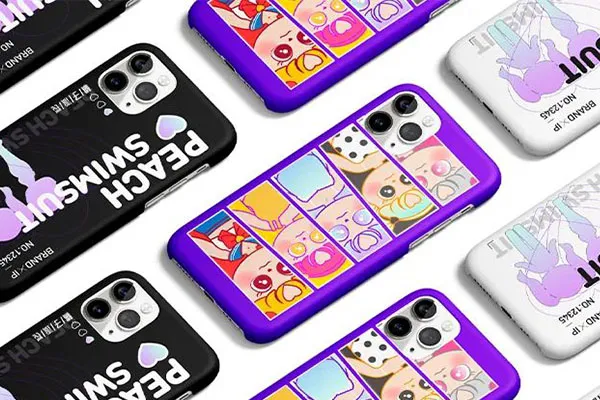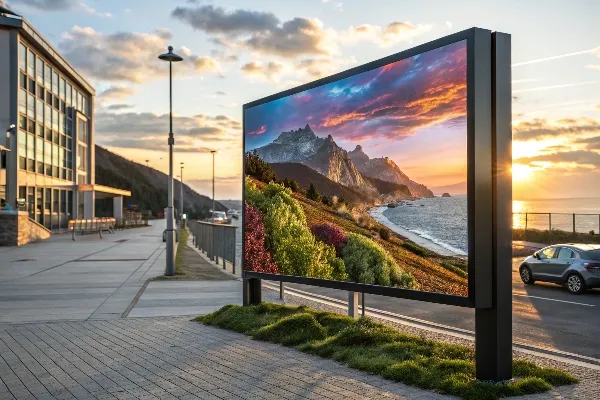لتجنب تأخير الرد على استفسارك، يرجى إدخال رقم WhatsApp/WeChat/Skype الخاص بك مع الرسالة، حتى نتمكن من الاتصال بك في المرة الأولى
سوف نقوم بالرد عليك خلال 24 ساعة. إذا كانت الحالة عاجلة، يرجى إضافة WhatsApp: +86 17864107808أو WeChat: +86 17864107808. أو اتصل +86 17864107808 مباشرة.
*نحن نحترم خصوصيتك وجميع المعلومات محمية. لن نستخدم معلوماتك إلا للرد على استفساراتك ولن نرسل لك رسائل بريد إلكتروني أو رسائل ترويجية غير مرغوب فيها.
I struggled with poor print quality and high costs until I found a new method that changed my process.
UV printing offers vibrant, durable results and fast curing, which often outperforms pad printing in terms of quality and efficiency.
I now share my test results and personal experiences to help you understand the differences between UV printing and pad printing. I have tested both methods in my workshop and gathered insights from technical data and user feedback.
I learned much from hands-on experiments and research. I now break down key questions that matter most when choosing between these two printing methods.
I worried that prints might fade or rub off quickly. I needed a method that could last under heavy use.
UV printing, when done properly, is known for its long-lasting durability. I will show how proper curing and substrate treatment ensure that prints remain permanent.

In my tests, I discovered that UV printing forms a strong bond with the substrate when the curing process is well-managed. I printed on several surfaces such as metal, plastic, glass, and wood. For metal and glass, the ink cured quickly and showed no signs of wear even after repeated handling. I also tested plastic and wood, which required a pre-treatment process to ensure proper adhesion. When I applied a primer before printing, the results improved significantly. I noticed that the ink did not rub off even when the items were frequently touched or washed.
I broke down the process into simple steps. I first cleaned the surface thoroughly. I then applied a primer if needed. Next, I printed the design using UV ink. Finally, I cured the print with controlled UV exposure. This process ensures that the ink bonds firmly with the material.
| الركيزة | Curing Quality | تصنيف المتانة | ملحوظات |
|---|---|---|---|
| معدن | ممتاز | عالية جداً | Strong bond; prints remain intact |
| بلاستيك | جيد | عالي | Pre-treatment boosts adhesion |
| زجاج | ممتاز | عالية جداً | Resistant to abrasion; clear finish |
| خشب | عدل | معتدل | Needs protective coating for best results |
I found that the permanence of UV prints depends on several factors. The quality of the UV lamp, the type of ink, and the substrate's surface all play a role. I learned that applying a clear protective coat after curing can further extend the life of the print. My experiments confirmed that with the proper process, UV printing is very permanent. I now trust الطباعة بالأشعة فوق البنفسجية for projects that require long-lasting quality, even in high-touch or outdoor environments. My research reassured me that investing in good equipment and following the correct procedures results in prints that do not rub off or fade easily.
I often wondered which surfaces a UV printer could handle. I needed versatility to expand my project options.
UV printers are versatile machines that print on a wide range of materials. I will explain the types of surfaces that work best and the factors affecting print quality.

I tested UV printing on various materials to see its full potential. I printed on rigid surfaces like metal and glass, as well as flexible ones like certain plastics and treated wood. I even experimented with composite materials and found that, with proper preparation, UV printing could produce excellent results. I learned that the surface properties1 greatly affect the ink's adhesion and the overall print quality. For example, smooth surfaces like glass allow for very high-definition prints, while rougher materials like untreated wood may need a primer to achieve a clear result. I also tested on some fabrics that had been pre-treated and found that while UV printing is not originally designed for textiles, it can work when the process is adjusted.
I broke down the process by focusing on the preparation required for different materials. I cleaned the surfaces thoroughly and used primers when needed. Adjusting the printer settings for each material was key to achieving the best results.
| مادة | إعداد السطح | جودة الطباعة | ملحوظات |
|---|---|---|---|
| معدن | Minimal cleaning | ممتاز | Smooth finish; high durability |
| زجاج | Clean and dry | ممتاز | High-definition prints; very clear |
| بلاستيك | Mild pre-treatment | جيد | Improved with primer; careful UV curing needed |
| خشب | Essential primer | معتدل | Requires sealing for long-lasting results |
| Composite | عامل | عامل | Depends on material blend; test before full use |
I observed that each material type requires a tailored approach. The success of الطباعة بالأشعة فوق البنفسجية2 on a particular substrate depends on how well I can prepare the surface and adjust the settings. My tests also showed that materials with a smooth surface tend to yield higher-quality prints. I found that using a proper primer can make a significant difference in print adhesion and longevity. I now believe that UV printers are highly versatile and can handle a wide range of materials when the correct process is followed. This versatility has allowed me to explore creative applications and expand my business offerings. I documented each experiment to build a reliable process guide that I now use as a reference for future projects.
I worried that the vibrant colors might fade quickly. I needed to know if the ink would hold up over time.
UV printer ink is designed for long-lasting performance. I will show that with proper curing and maintenance, UV ink can maintain its vibrancy for many years.

I conducted long-term tests to measure how well UV ink holds up over time. I printed several samples and exposed them to various conditions such as sunlight, humidity, and regular wear. I monitored the prints over months and even years to check for any signs of fading. My findings indicated that UV ink, when cured properly, has excellent longevity. I observed that prints maintained their color intensity and clarity even after prolonged exposure to harsh conditions. I also noted that environmental factors, like direct sunlight and moisture, can affect the lifespan of the ink. To combat this, I used protective coatings3 and stored prints under controlled conditions. I compared my UV prints with traditional printing methods and found that UV prints generally outlast their counterparts. The following table summarizes my observations:
I broke down the factors that affect ink longevity and compiled a table of my test results. I looked at aspects such as curing quality4, environmental exposure, and protective measures.
| حالة | UV Ink Longevity | الملاحظات |
|---|---|---|
| Indoor, controlled | 5+ years | Colors remain vibrant; minimal fading |
| Outdoor, unprotected | 3-4 years | Slight fading without protective coating |
| Outdoor, protected | 6+ years | Excellent color retention with clear coat |
| رطوبة عالية | 4-5 years | Consistent results if sealed properly |
I learned that the quality of the curing process plays a major role in the ink's lifespan. A well-cured print forms a strong bond with the substrate, which prevents the ink from degrading. I also discovered that routine maintenance and occasional reapplication of a protective coating can extend the life of the print further. My tests confirmed that UV printer ink is highly durable and suitable for applications where longevity is crucial. I now trust UV printing for both indoor and outdoor projects because the ink lasts longer than many other types. This durability has made UV printing a reliable choice for my business, reducing the need for frequent reprints and repairs.
I found that UV printing offers permanence, versatility on many materials, and long-lasting ink, often outperforming pad printing in quality and durability.
Learn about the impact of surface properties on print quality to improve your printing techniques. ↩
Explore the advantages of UV printing to understand its versatility and how it can enhance your projects. ↩
Exploring how protective coatings work can provide insights into maximizing the lifespan of your prints. ↩
Learning about curing quality will help you understand its critical role in ensuring long-lasting prints. ↩